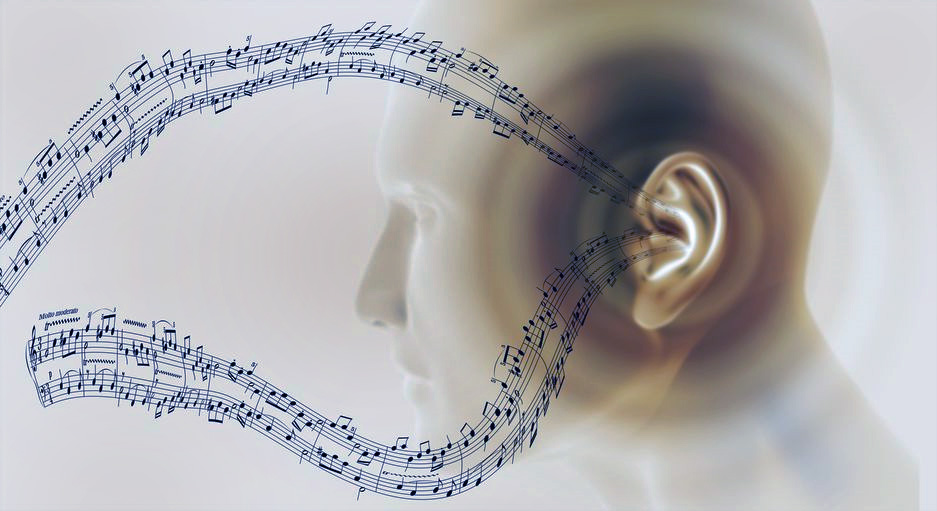Community, Leadership, Experimentation, Diversity, & Education
Pittsburgh Arts, Regional Theatre, New Work, Producing, Copyright, Labor Unions,
New Products, Coping Skills, J-O-Bs...
Theatre industry news, University & School of Drama Announcements, plus occasional course support for
Carnegie Mellon School of Drama Faculty, Staff, Students, and Alumni.
CMU School of Drama
Thursday, October 03, 2024
Ask Jonah: At What Point Does It Become Stereo?
ProSoundWeb: Instead of thinking about separation between left and right sources in terms of distance, it might be more helpful to think about angle. The established standard in the studio mixing world is a 60-degree angle between the two loudspeakers as measured from the listening position.
Subscribe to:
Post Comments (Atom)

3 comments:
I think in the world of technology it's pretty easy to assign a binary definition to an already binary technology. It's either mono or stereo. Your speakers are playing either the same or different audio. But with your ears, nothing is ever truly mono because you have two ears, and sound travels through your ears in a complicated way. My teacher in highschool had a recorder that had a mic on it that was in the shape of an ear so it could mimic the way your ear picks up sound.
When I am mixing and want to put a delay, there's a certain amount of time between the two sides where it’s hard for your brain to distinguish that there is a difference, but it still feels off. It's not the exact same thing as what the article is talking about but it is related. I think having the unevenness and stereo-ness of an audio gives it so much more depth.
I took my music technology class offered at my high school, but we never went over what it means when something is “stereo.” This article was highly informative, giving great insight as to what makes something stereo, while also giving visual descriptions to think about. I really like when he talked about the equilateral triangle. I also find it very interesting how music producers are releasing more mono compatible songs, due to the heaviest streaming coming from your basic phone and laptop speakers that are not designed for stereo. I wonder, with air pods specifically, do those being in your ears mean stereo? Are they designed with the equilateral triangle in mind?
This pretty accessible article about audio technology and stereo vs mono sound was informative in nature. The 60-degree angle rule seems to make intuitive sense, but I wonder what the math (or psychology?) behind it is. The author, Jonah, makes points about how to create a balanced, full sound when trying to make a stereo-oriented sound mono-compatible. It made me wonder about how much room acoustics play into a sound feeling more or less true to the studio as it was made. Not to mention, how would it affect the sound if it was made in a less-than-ideal environment? It also made me wonder a bit about headphones and different technologies that can be used to simulate stereo sound. I went down a small internet rabbit hole, particularly about in-ear headphones. I found out the ones I was using happened to be ‘stereo’, but that there seems to be a niche discourse community discussing whether or not stereo headphones are actually stereo.
Post a Comment